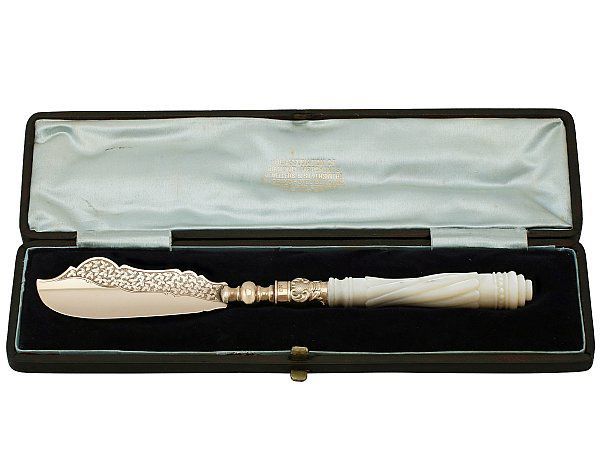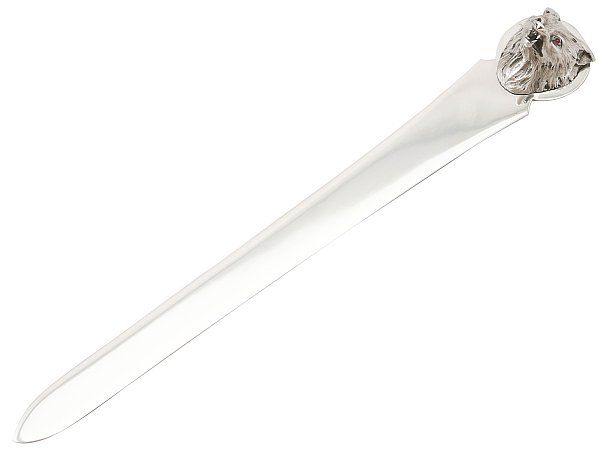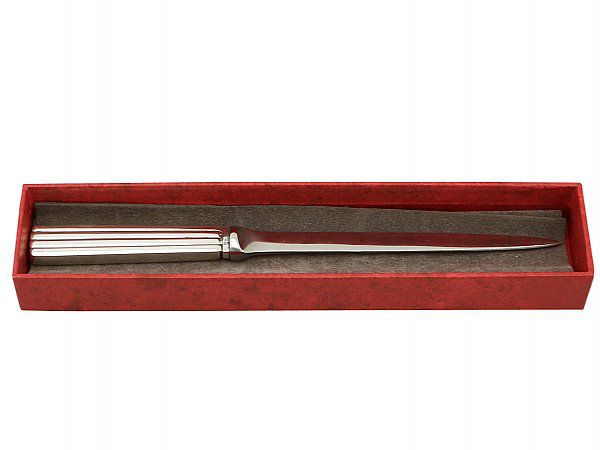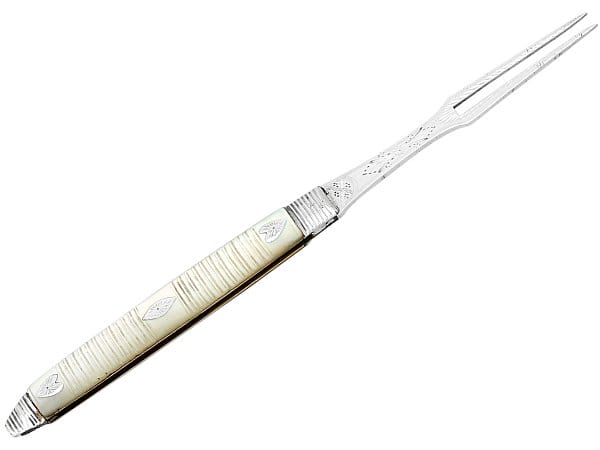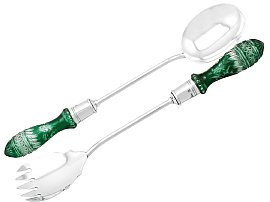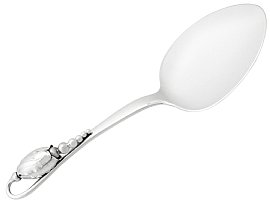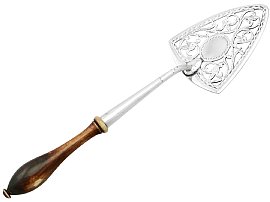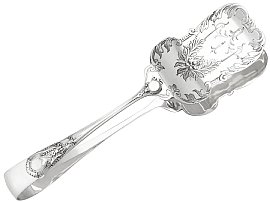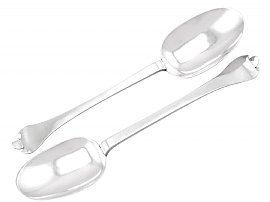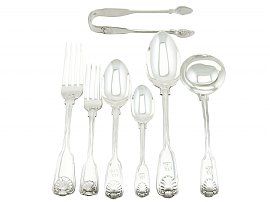History of the Knife
Knives have been used as weapons, tools, and eating utensils since prehistoric times. However, it is only in relatively recent history that knives have been designed specifically for table use.
In the middle ages, hosts did not provide cutlery for visiting guests. Instead, most people carried their own knives in sheaths attached to their belts. These knives were weapons as well as flatware; they were narrow with sharp pointed ends designed to spear food.
The multi-purpose nature of the knife meant it was considered to be a threatening presence at the dinner table. In 1669 King Louise XIV of France decreed all pointed knives (such as those used as weaponry) to be ‘illegal’. He also ordered that knife points be blunted, in an effort to minimise violence. The knives that appeared after this decree were much more similar to the ones we use today.
Knife design has adapted throughout the centuries depending on the materials and skills available to society. Materials used to craft knives vary, from wood to bronze. These were not the most durable however, as they were easily dulled and susceptible to corrosion. Materials such as iron, silver and steel were far more practical in terms of resilience and endurance. When workmen began crafting knives from these materials, they were far more suitable for prolonged use.
Following the aforementioned ‘blunting’ of knives, other design changes began to take place. Craftsmen began to make knife ends wider and rounder than previously, in order to make them suited for use with the early ‘two pronged’ fork. Knives were also designed with blades that curved backwards, so the wrist did not have to contort in order to get food into the mouth.
The introduction of the blunt ended knife in Europe had a lasting effect on American dining etiquette. It was uncommon for forks to be imported to America; however knives with progressively more dull ends were imported in droves. With few forks and increasingly blunt knives, Americans were forced to use spoons to eat. They would use the spoon to steady the food whilst cutting, then switch it to the other hand in order to scoop up and eat the food.
Table knives as we know them today were standardised in the early 20th century. This coincided with invention of stainless steel, which allowed for easy manufacture and maintenance of flatware.
Types of Knife
Popular types of knife include:
- Bread knife: A knife with a serrated blade used for cutting bread.
- Carving knife: Used for processing meat, bones and fish.
- Oyster knife: A knife featuring a short, thick blade ideal for opening oyster shells.
- Fruit knife: Ornately decorated and featured in many dessert services.
- Cheese knife: Used for serving cheese, this knife had a scimitar shaped blade.
- Table knife: A knife most commonly used for everyday table use.
- Paper knife: Used at the turn of the century to open letters and breaking seals.
